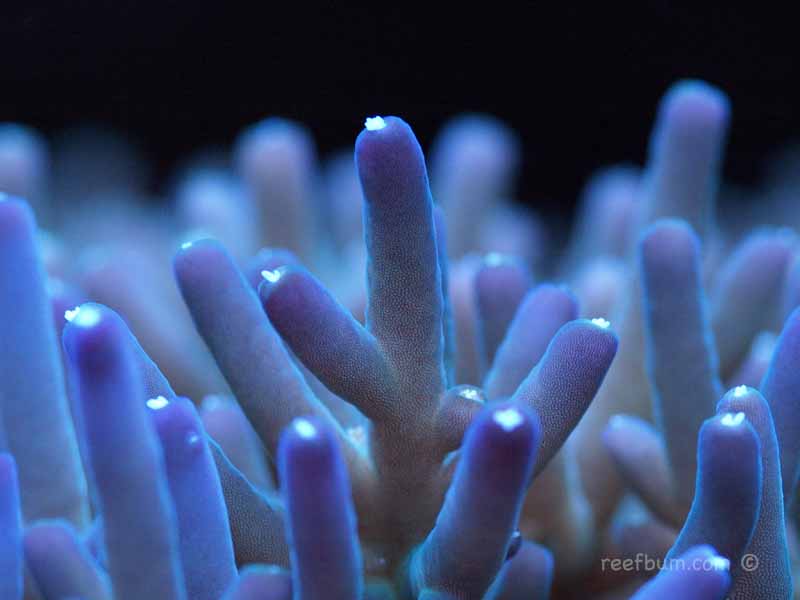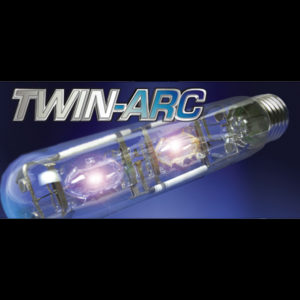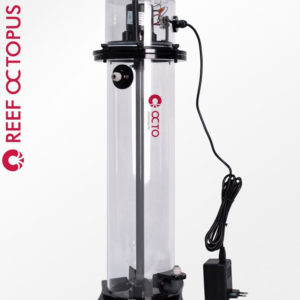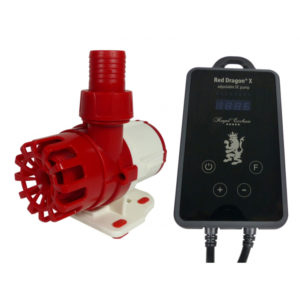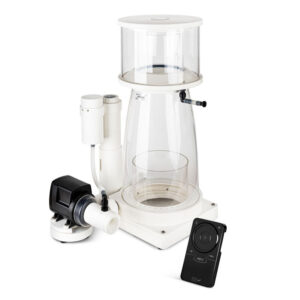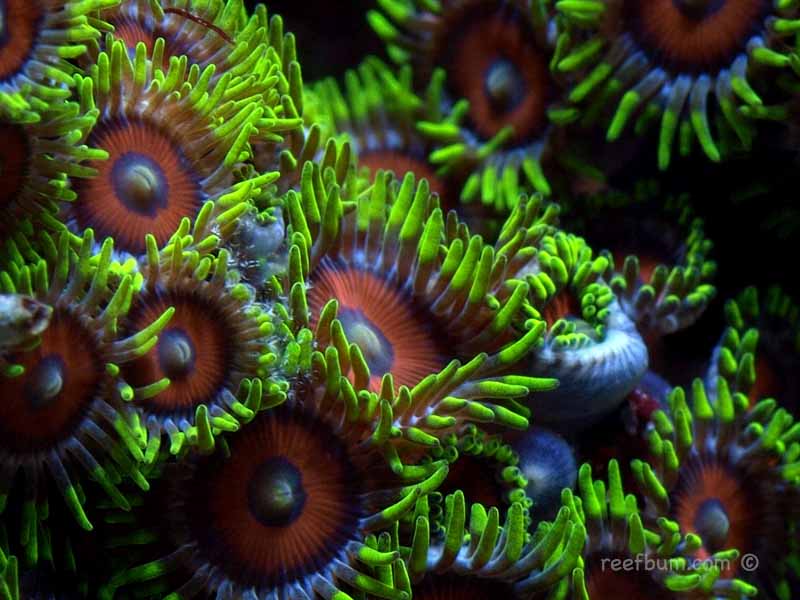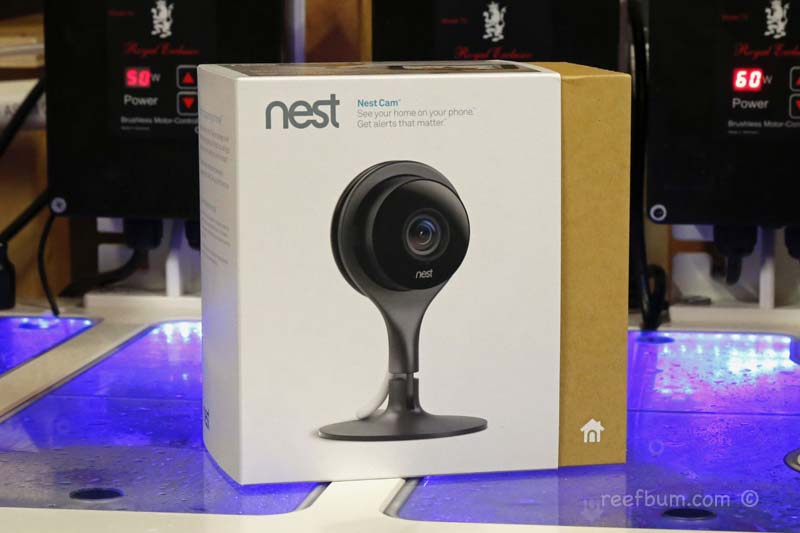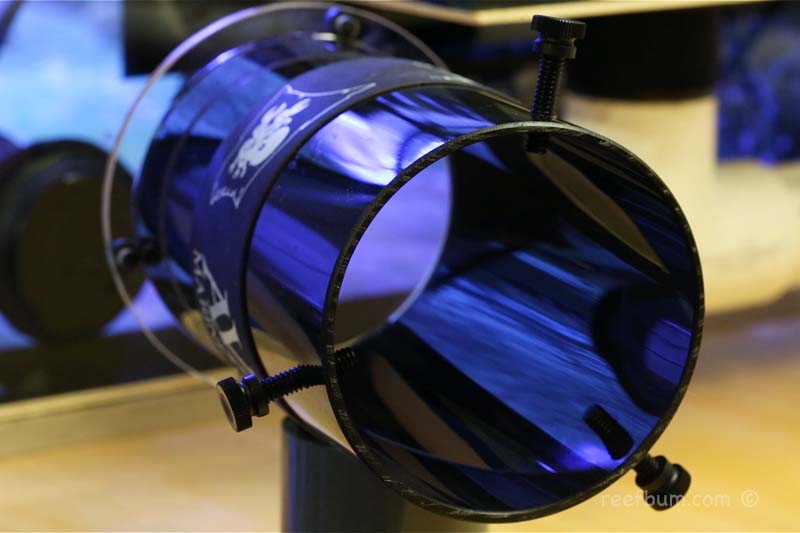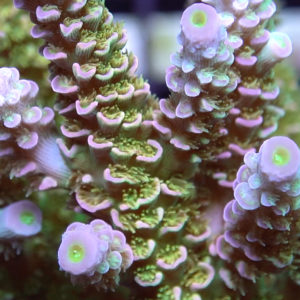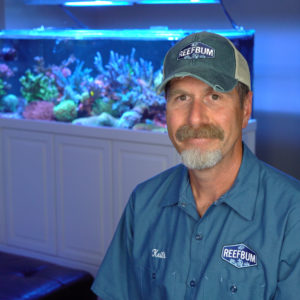Reef keeping is an art form and this art can be brought to life when using macro photography to expose the rich and infinite details in coral and other reef tank inhabitants. The basic premise of macro photography is to achieve high magnification of the subject. The closer the lens is to the subject, the larger that subject will appear in the image. It’s simple in principle but in reality it can be complicated given the different options with lenses and settings on the camera.
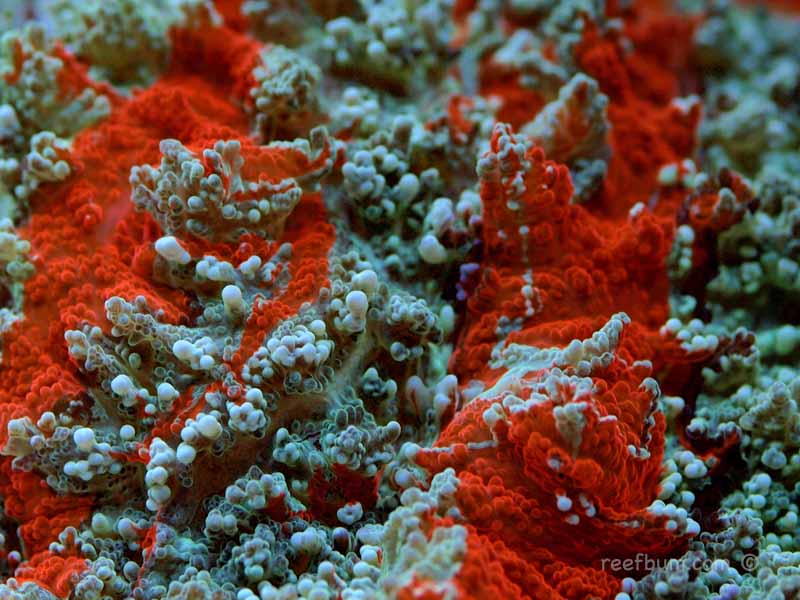
Lens Choices for Macro Photography
There are a variety of macro lenses available with focal lengths ranging from 50mm to 200mm. The smaller the focal length, the smaller the working distance between the camera\’s sensor and the subject. This is important to keep in mind for reef tank photography since the smaller focal length will make it tougher to get close-ups of subject matter in the back of the tank. A focal length on the high end of the scale will give you more versatility in this regard but there is a trade off since magnification decreases as the working distance increases. A 100mm lens is a good compromise and has worked really well for me over the years.
Don’t have the bucks for an expensive macro lens? Then consider using less expensive extension tubes, which fit between the rear mount of the lens and the camera body. Extension tubes make the lens focus closer and thus increase the magnification. You can even use them with a macro lens to get those ultra close up shots.
Recommended Settings
In regards to settings, I find it beneficial to use the manual or aperture priority modes and select a low aperture (larger f-stop number) to achieve a greater depth of field, where more of the foreground and background will be in focus. Typically I will go with the highest f-stop available. If necessary, you can play around with the ISO by increasing it to get a higher f-stop.
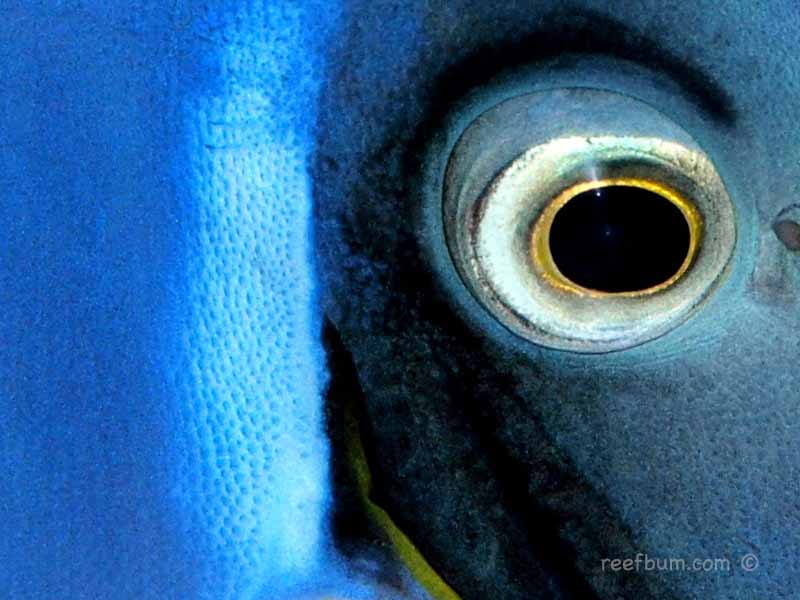
When focusing for macro photos use manual versus auto focus since a camera\’s auto focus sensor will struggle to locate a focal point at such close distances. Focus rails can also come in handy when there is a need to fine tune the focus at very close range, especially when using extension tubes.
Other tips for shooting reef tank macros include using a tripod and turning off the aquarium pumps. It may also be helpful to use the timer since pressing the shutter button can cause the camera to shake even the slightest bit.
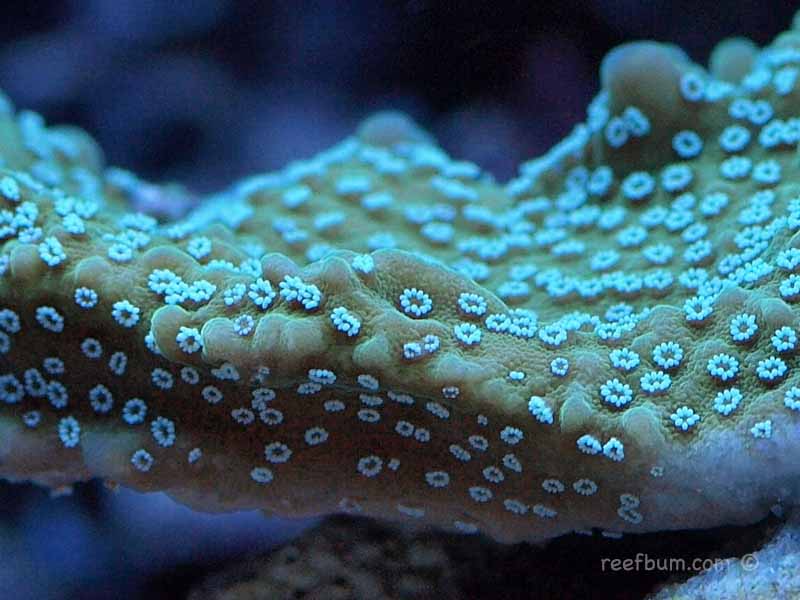
For more general information on capturing great photos of you tank, please read my Tips on Photographing Reef Tanks.
Additional Resources
If you would like some help with a new tank build, including help designing a custom aquarium, or help re-configuring your current setup then you can visit this page for more information. And if you are looking to add some equipment, I do sell GHL, Pax Bellum, Reef Octopus Calcium and Kalk Reactors and Royal Exclusiv products, including Dreamboxes, which is the equipment I use and recommend. I also sell Reef Brite metal halide and LED fixtures as well as Maxspect & IceCap Gyres.
As for additional insights and information, please explore my many other reef tank and SPS related articles as well as my YouTube channel. For an even deeper dive into reef tank care you can check out my Reef Keeping Master Class. This online course is an immersive and one of a kind educational tool designed to help reef aquarium hobbyists build and maintain a beautiful SPS reef tank. The course is a series of video presentations with some supplemental video from my YouTube channel. There are also quizzes to help students retain and understand the information presented in the course.
Need some frags…..I can help with that as well 🙂 Please visit my SPS Frag store to see what is available.

